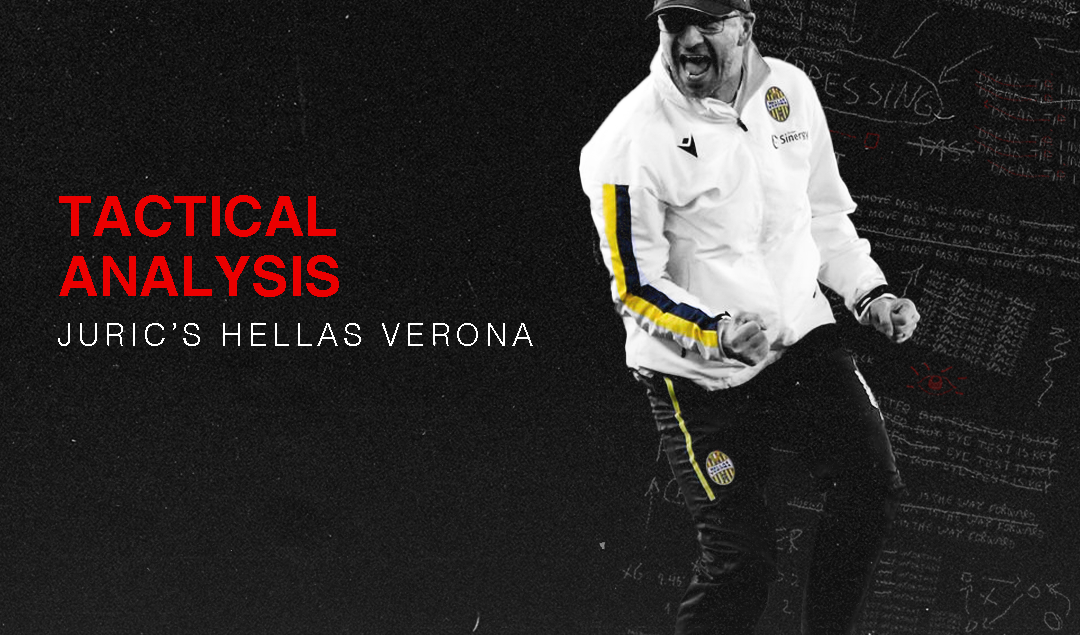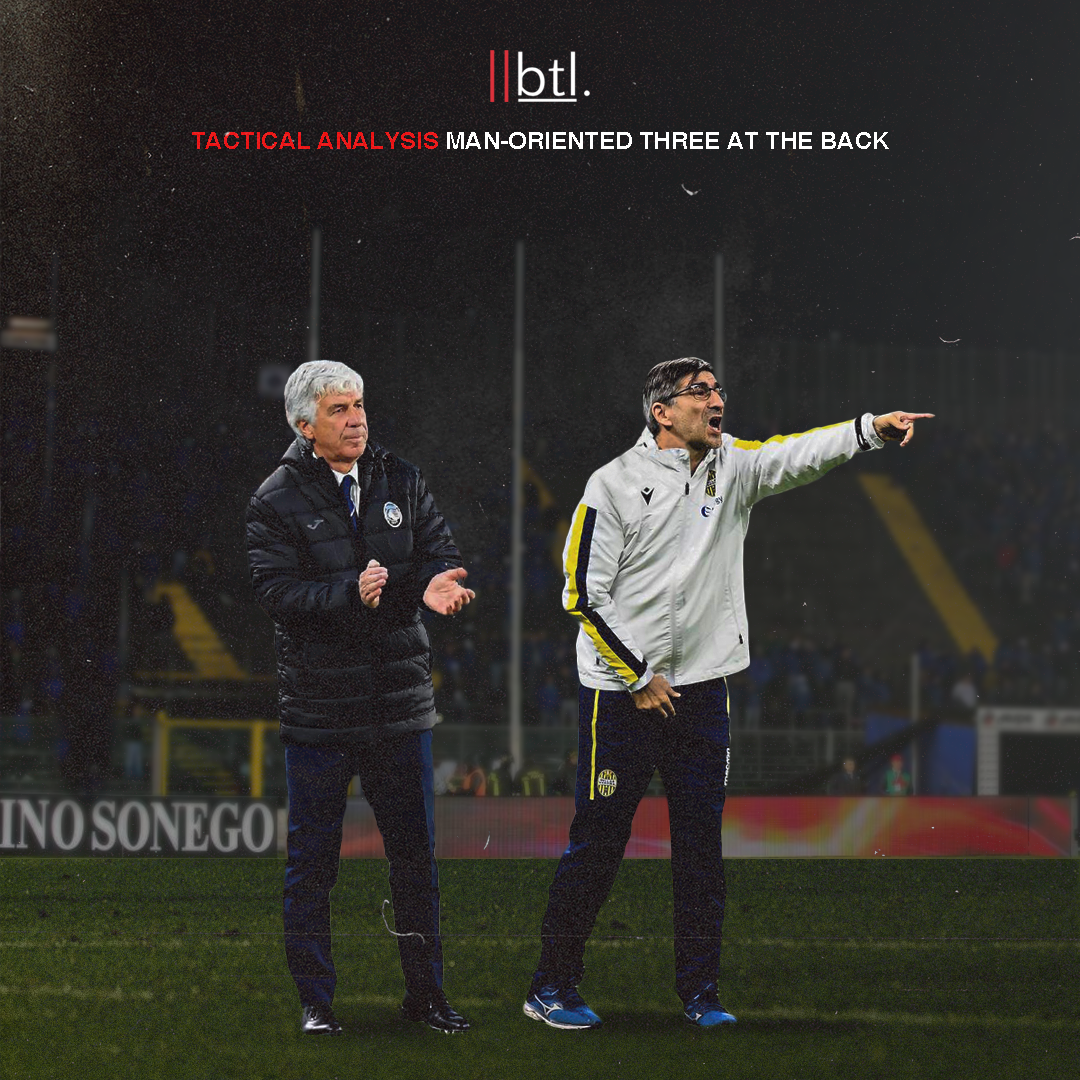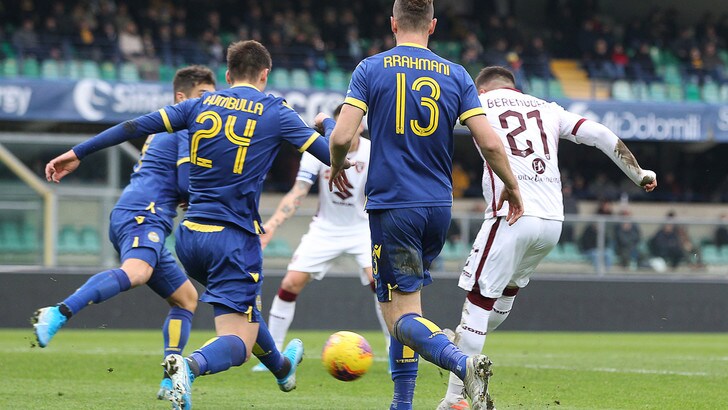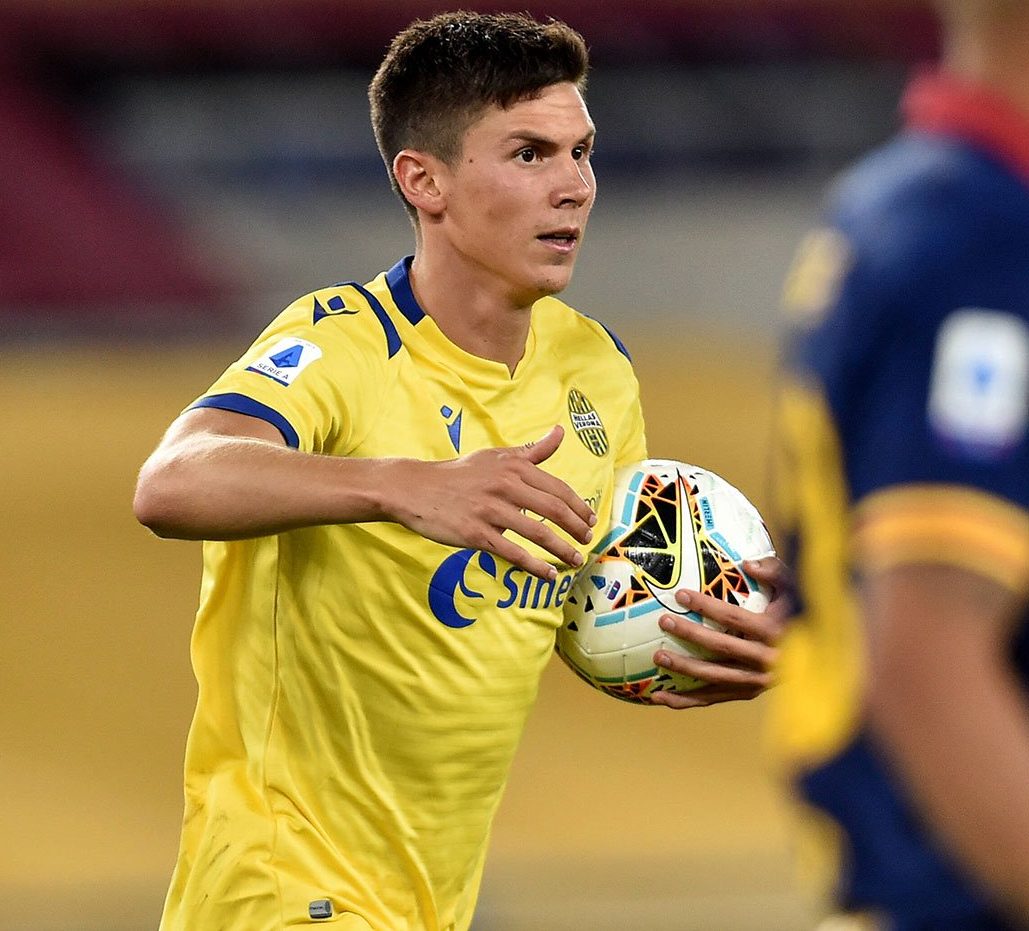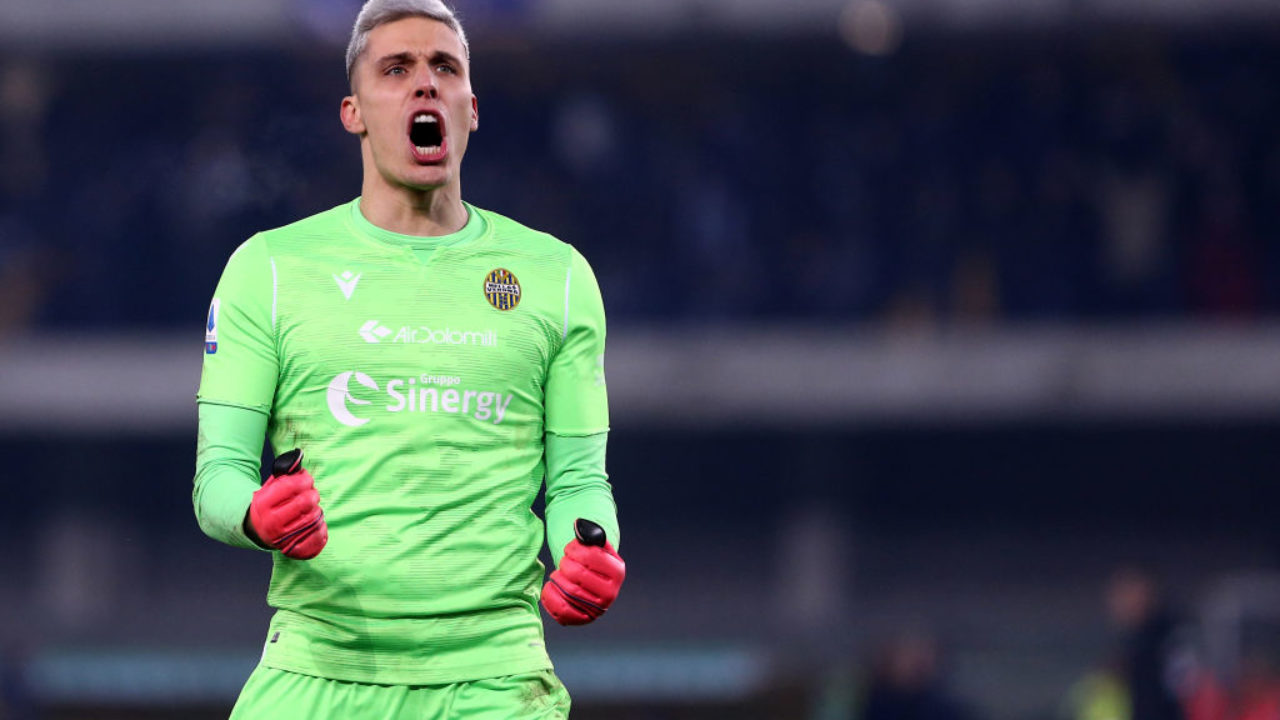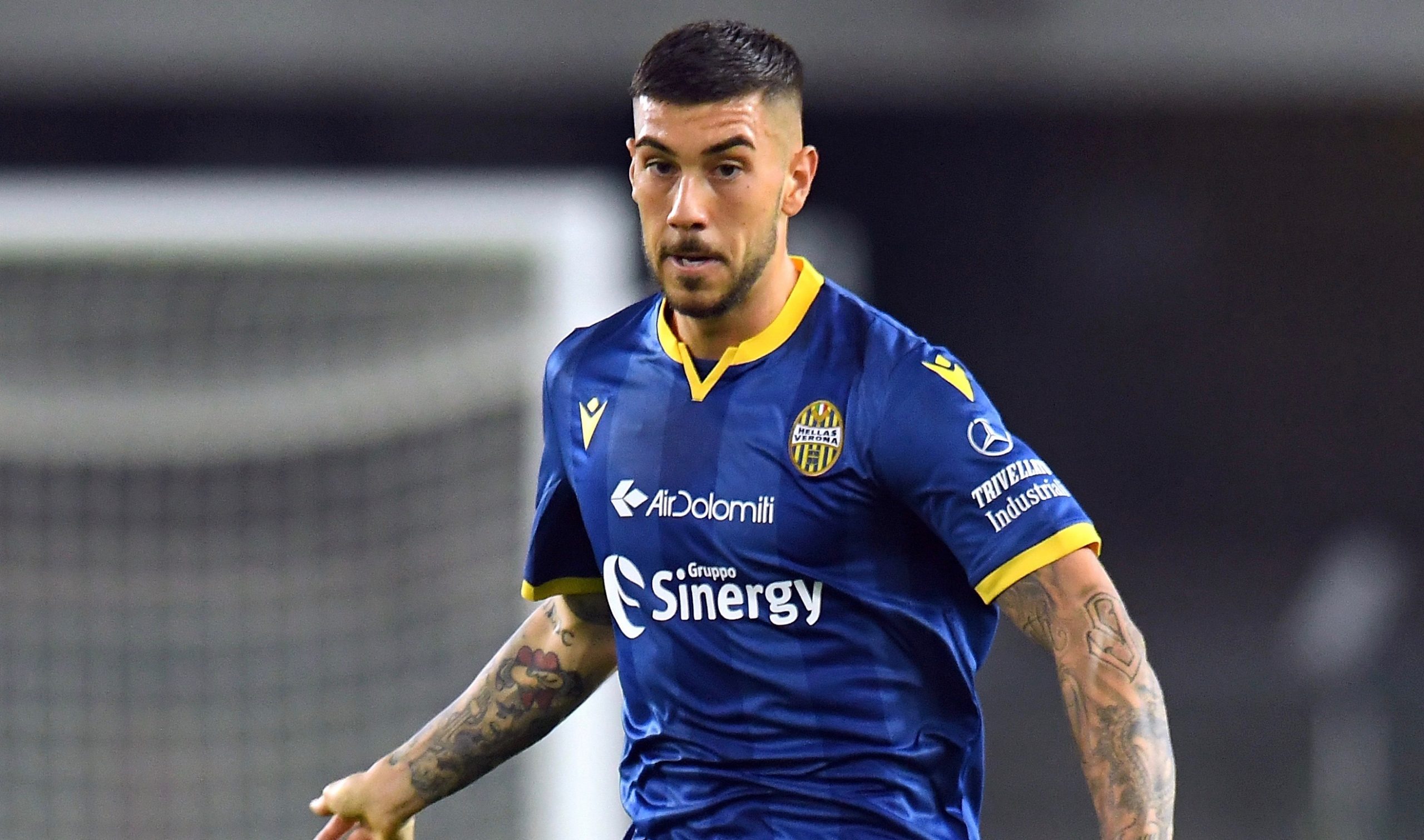Tactical Analysis: Ivan Jurić’s Hellas Verona
Hellas Verona was one of the surprise packages of the 2019/20 Serie A season and one of the main reasons for its overachievement was its coach Ivan Jurić. The former Crotone and Genoa tactician was appointed days after the Gialloblu had earned promotion through the Serie B play-offs under caretaker manager Alfredo Aglietti in 2019, and it was Jurić’s approach that made the whole greater than the sum of its parts.
Verona finished equal ninth with Fiorentina and Parma on the Serie A table with 49 points from 38 matches, although they had been as high as sixth in the league, battling for a Europa League spot.
Jurić was able to finish within the top half with a squad that did not have much experience in Italy’s top flight. Atalanta manager Gian Piero Gasperini had been his mentor during his playing days at Crotone and Genoa in the 2000s, and although he has taken inspiration from “Gasp”, the Mastini have had a more balanced approach to football games.
Formation
While he has often implemented the 3-4-3 formation throughout his coaching career and used the 3-5-2 at Genoa, Jurić’s Hellas Verona line up in a 3-4-2-1.
However, due to the lack of quality forwards in the squad as well as the abundance of natural midfielders on the pitch, the Gialloblu’s formation is more like a 3-6-1 or 3-7-0 than a conventional 3-4-3.
Defense
Between the posts for Hellas Verona was Marco Silvestri, who has been with the club since joining from Leeds United in 2017. He played 35 times in Serie A throughout 2019/20 and kept nine clean sheets.
Jurić’s preferred defensive trio throughout the season was Amir Rrahmani, Marash Kumbulla, and Koray Günter, while Alan Empereur and Pawel Dawidowicz would occasionally deputize.
Rrahmani and Kumbulla were nothing short of revelations in 2019/20. Rrahmani was bought by Napoli for €14 million in January but remained with the Mastini until the end of the campaign, while the Italian-born Albanian came from the Gialloblu’s youth academy and has since attracted interest from Inter and Lazio.
On the other hand, the Kosovar international was purchased from Croatian giants Dinamo Zagreb for €2.1 million in 2019 and has impressed with his defensive capabilities as well as his ability to push forward. Kumbulla, who is six years younger than Rrahmani, has stood out for his ability to deal with aerial duels as well as his swift anticipation.
Photo: LaPresse
The performances of Rrahmani and Kumbulla meant that Günter went underneath the radar but he too has been a solid performer for Hellas Verona, although the Turkish international will return to Genoa from his season-long loan at Verona.
Midfielders
Hellas Verona’s midfield quartet would consist of two midfield pivots and two wing-backs. Although Gialloblu captain Miguel Veloso was a part of that central midfield duo, the most important player turned out to be Moroccan international Sofyan Amrabat.
Amrabat impressed with his positional play, passing, stamina, and his decision-making on the ball. Sometimes he was aggressive in his challenges and he got two red cards in 2019/20 but that is one of the few flaws in his game.
The 23-year-old demonstrated the ability of a press resistant player thanks to his passing ability, physical strength, and awareness. His performances earned him a transfer to Fiorentina reportedly worth €10.5 million.
At 34 years of age, Veloso does not have the stamina of his young counterpart but he used his experience to get into the right positions and link up with teammates. He also had more involvement in the goals, scoring three times and providing four assists.
Photo: Reuters
In the right wing-back role, Marco Davide Faraoni was an important outlet in both phases, but his attacking play was crucial. He could stay on the flank or he would also venture into the penalty area and make late runs into the box. Faraoni was Verona’s third-highest goalscorer in the league with five goals and he also provided three assists.
At left wing-back, Darko Lazović also proved to be an important offensive outlet. The Serbian would predominantly stay on the flank and he provided a danger with his crossing. He played in every round of the Serie A campaign, scoring three times and providing the most assists for the Gialloblu with seven.
Forwards
For his defensive and midfield lines, Jurić had a settled selection of players, but his choice of personnel in the two attacking midfield roles and as the lone striker was nowhere as settled.
Valerio Verre played in 32 Serie A games in 2019/20 and scored three times. He would usually operate as the right-sided attacking midfielder but he had a few matches in the false nine role.
Often operating as the attacking midfielder on the left was Matteo Pessina. He scored seven goals in 35 games and his form has convinced his parent club Atalanta to keep him at La Dea for the 2020/21 campaign.
Photo: Imago Images
Mattia Zaccagni played in both attacking roles but was more dangerous on the left central attacking position. Arguably the most mercurial of the offensive midfielders, he scored twice and assisted in five goals in 34 games. He also earned three penalties and forced Sampdoria goalkeeper Emil Audero into an own goal in the 2-1 defeat to Il Doria.
Colombian-Italian starlet played up front in the early stages of the campaign but he was sidelined for a good chunk of the season due to a knee injury and then one to his thigh. Verona managed to sign Fabio Borini in January, and he predominantly operated as the false nine, occasionally playing in the right central attacking midfielder role.
When Jurić did use a true center forward, Samuel Di Carmine was used the most and he finished as Hellas Verona’s leading goalscorer with eight goals, albeit three were doubles. Polish striker Mariusz Stępiński scored just three times in 21 games while the veteran Giampaolo Pazzini scored four times in 15 league matches.
Defensive Phase
Whenever Verona would defend, the team would be very compact and there would be limited space in between the lines.
With throw-ins, the Mastini would limit the space that was in a realistic radius for the thrower to throw the ball back into play, and at corners, the middle of the penalty area would be packed with bodies. When defending in numbers, Verona would defend in a low block and close off the central passing channels, forcing the opponents to go wide.
Photo: Alessandro Sabattini / Getty
For this block to work, Jurić would make the midfield pivots protect the back three, the two attacking midfielders had to track back as well as the lone striker, and the wing-backs had to move close to their teammates in the central channels.
If the Gialloblu lost the ball when they were attacking, all players would come dashing back to help their defence and prevent the opposition from scoring on the counter-attack.
When the opposition had a goal kick of their own and they would play it short, it was not common for the Verona players to press the defenders in possession. More often than not, the players in attacking roles would retreat to assist the defence and midfield in the low block.
Attacking Phase
Hellas Verona was not a team that built from the back per se, although their build-up plans often depended on the opponent as well as the outcome of the shots from the adversary.
In Marco Silvestri, the Mastini had a traditional goalkeeper who would stay on his line and rarely came off it. He will encourage his teammates to push into the opposing half when they get a goal kick and he will kick the ball long, one of the rare instances when the defensive line would be high.
Silvestri is not a keeper that will pass in open play. When a teammate passes to him in the penalty area, he will often boot the ball away as long as possible.
Photo: Marco Canoniero/LightRocket via Getty
Hellas Verona’s usage of a deep defensive line or defending in a low block negated the need for a sweeper-keeper.
When the Gialloblu got a throw-in in their defensive third or Silvestri had the ball after a save, the defensive line would be deep and the defender would play simple passes. Rrahmani would venture forward when the opportunity presented itself but Veloso and Amrabat would usually be in the vicinity to present themselves as passing options for the defensive trio.
Amrabat would often negate the opposition press with his movement and passing. Any option was a passing option regardless if he had to go forward, diagonally, sideways, or backwards. Needless to say, the fundamental part was that the ball had to go to a teammate.
Veloso was not like Amrabat in the sense that he could go anywhere on the pitch to get the ball and move constantly. The Portuguese midfielder would move at his own pace and still get similar results. He could still link with the defence and attack while his passing was more of a mix of vertical and diagonal balls.
The two attacking midfielders were tasked with being advanced playmakers and also making late runs into the box. Pessina was the best at the latter as demonstrated by his seven goals. When Zaccagni played in the left central attacking midfielder role, he would occasionally drift to the wing to receive the ball and cut-in like an inverted winger.
Photo: Alessandro Sabattini / Getty
When Jurić used a traditional center-forward, that player would often operate as a target man and play off the last defender. If a player like Verre or Borini would play as the false nine, it would allow more interplay with the attacking midfield pair.
Summation
Jurić implemented a system that might not have produced a lot of goals but it made Hellas Verona a tough team to break down for the majority of the season.
Before the COVID-19 pandemic brought Serie A to a halt, the Mastini was seventh on the table with 38 points from 26 games. Verona had the seventh-worst attack with just 31 goals but it had the third-best defence with only 27 goals conceded.
Hellas Verona has already sold some of its stars from the 2019/20 campaign but Jurić demonstrated his ability to develop players and improve their abilities.
By: Vito Doria
Featured Image: @GabFoligno
